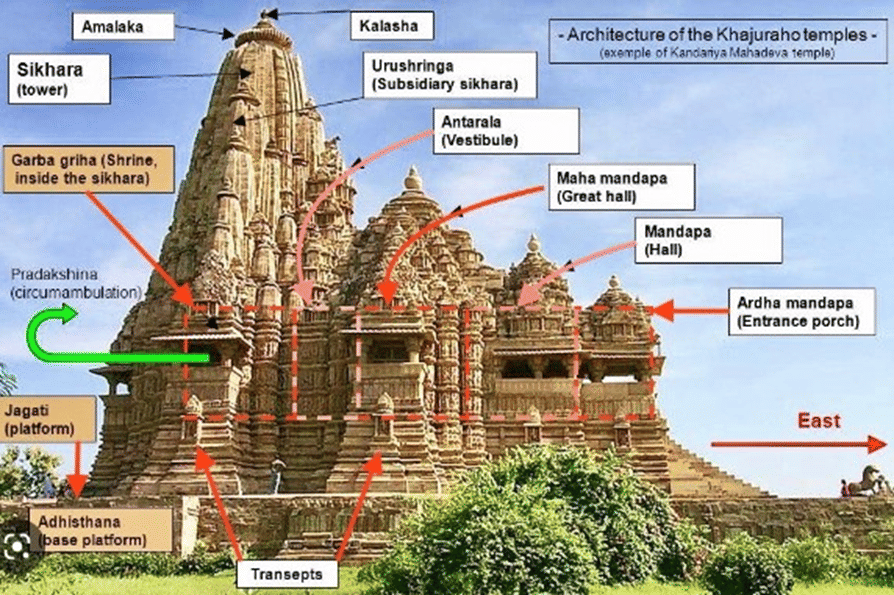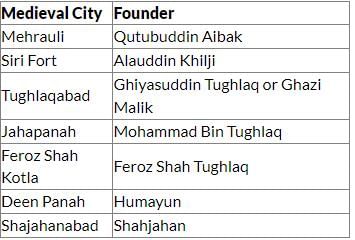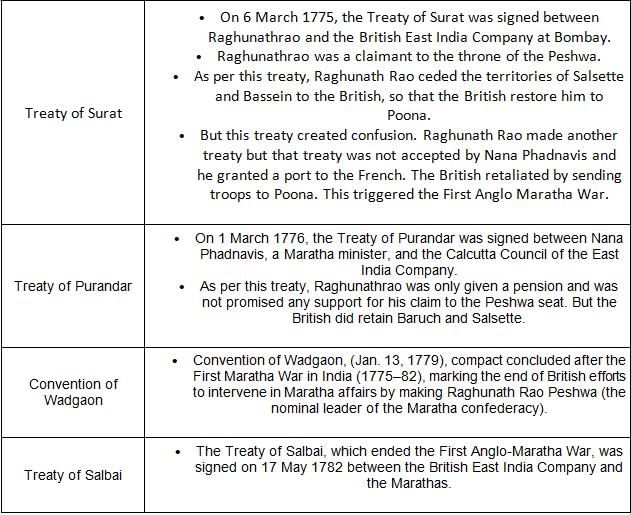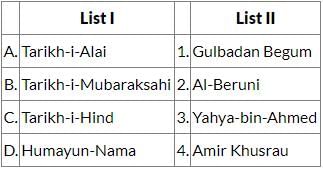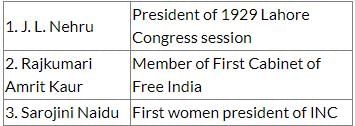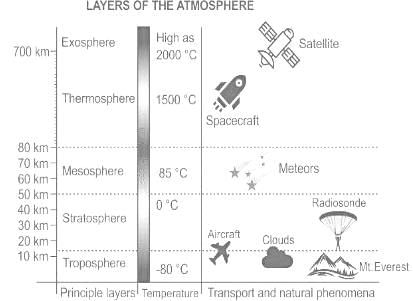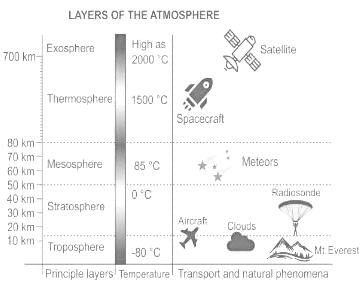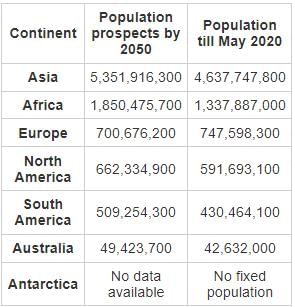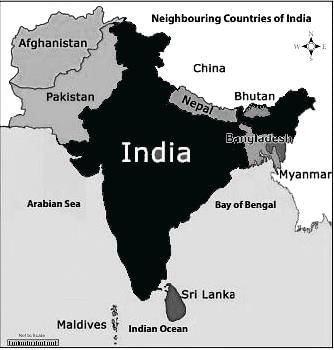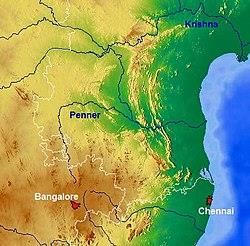BPSC Mock Test - 1 (TestBook) - Software Development MCQ
30 Questions MCQ Test - BPSC Mock Test - 1 (TestBook)
For suggesting reforms in the micro finance sector, which committee was constituted?
Which stone age in India can be closely associated with the people of Homo sapiens group?
Which of the following Mahajanapadas was situated on the banks of river Godavari?
Which of the following is not the feature of the Nagara style of temple architecture?
One of the most famous and oft-illustrated paintings of Bodhisattva Padmapani at Ajantha represents:
Delhi became the capital of a kingdom for the first time under ______.
Which of the following medieval cities of Delhi is correctly matched to its founders?
Which of the following was prime objective of Tauhid-e-Ilahi founded by Akbar?
Chronologically arrange the following treaties/conventions signed between the Marathas and the British (starting with the earliest) :
- Treaty of Salbai
- Treaty of Purandar
- Convention of Wadgaon
- Treaty of Surat
Select the correct answer using the code given below :
Which of the following statement is not true regarding the Mahalwari system?
Sir Syed Ahmed Khan was related to which of the following Movements?
With reference to national movement consider the following pairs:
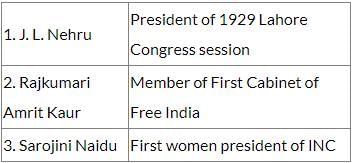
Choose the correct pair-
Which of the following statements is not correct regarding Muslim League:
Which one of the following was not an aim with reference to the Individual Satyagraha ?
In the context of Indian freedom struggle, 'Karnataka method' was used as a strategy in which of the following movements?
Which of the following is not a feature of the Cabinet Mission Plan.
Consider the following statements with reference to the Mountbatten Plan.
- It sought to give dominion status to India and Pakistan.
- It provided for the setting up of the Boundary Commission.
- The plan lacked any provision for conducting a referendum to determine which sides a region would go to.
Which of the following statements given above is/are correct?
Which of the following newspapers were started by Mahatma Gandhi?
- Young India
- New India
- Indian Opinion
With reference to the history of the Indian National Movement, who among the following was the first Indian to start an agitation for political reform?
Which of the following were reasons for the growth of militant nationalism in India?
Which is the highest layer of the atmosphere in which Meteors burn up after entering Earth's atmosphere?
Which of the following statements about the ionosphere is NOT correct?
In which of the following continent are the 6 most populated countries located?
Which of the following neighbouring countries of India has the smallest area?
Which of the following river is also known as Uttara Pinakini?
Which of the following mineral belts in India is famous for the production of iron ore and coal?
Consider the following pairs:
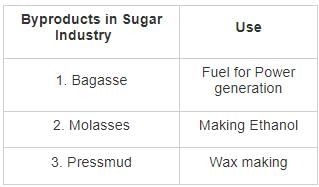
Which of the pairs given above is/are correctly matched?



